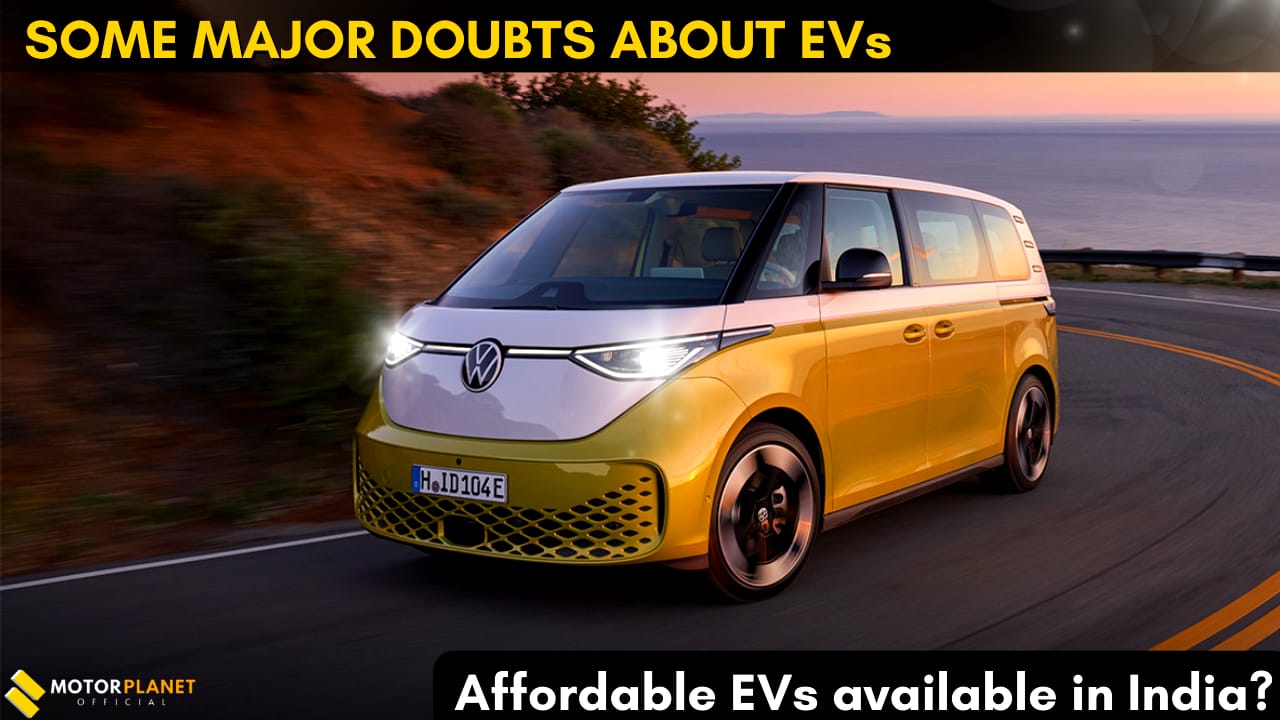With rising fuel prices, more people are now considering electric vehicles as their primary mode of transportation. The sales of electric vehicles are steadily increasing, and with this in mind, carmakers have begun to launch more and more EVs in the Indian car market, thereby providing a wide range of EVs in the market for the buyer.
However, before a first-time buyer considers them, they may have a few questions about the EVs that can influence their purchasing decision in various ways, so here is a list of questions that an EV buyer may have while planning for it.
(1) What are the different types of batteries used in Electric cars?
There are various types of batteries used in electric vehicles. because each battery differs in weight, storage capacity, production costs, lifespan, recharging capacity, and environmental impact, especially when it comes time to be recycled. So, here’s a list of battreys that are currently in use in EVs-
Lead-acid Battery
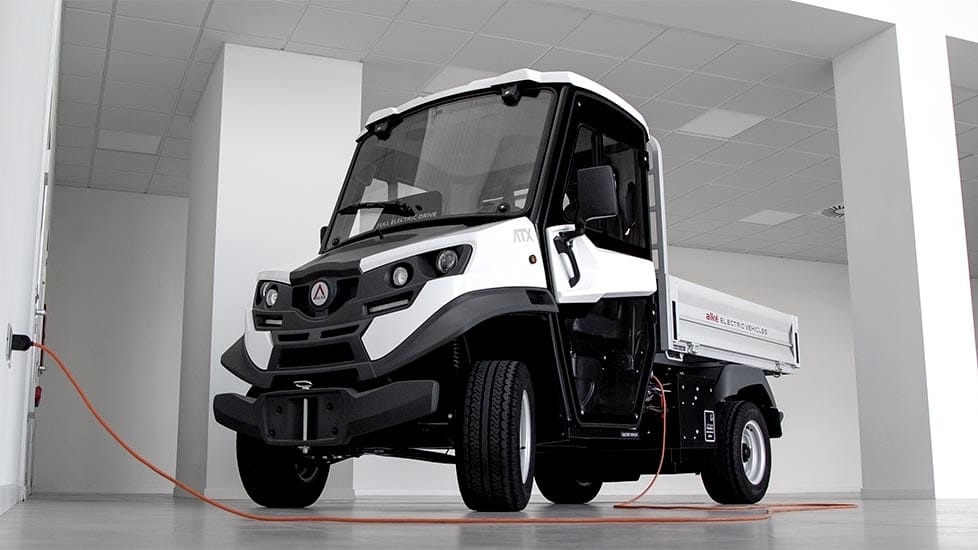 Lead-acid batteries can be designed to be high-capacity while remaining inexpensive, safe, and dependable. However, their use is hampered by low specific energy, poor cold-temperature performance, and a short calendar and lifecycle. Advanced high-power lead-acid batteries are being developed, but these batteries are only used for ancillary loads in commercially available electric-drive vehicles
Lead-acid batteries can be designed to be high-capacity while remaining inexpensive, safe, and dependable. However, their use is hampered by low specific energy, poor cold-temperature performance, and a short calendar and lifecycle. Advanced high-power lead-acid batteries are being developed, but these batteries are only used for ancillary loads in commercially available electric-drive vehicles
Nickel-metal hydride Battery
Nickel-metal hydride batteries have a much longer life cycle than lead-acid batteries and are safer and more resistant to abuse. These batteries are commonly found in HEVs. The main difficulties with nickel-metal hydride batteries are their high cost, high self-discharge and heat generation at high temperatures, and the requirement to control hydrogen loss.
Lithium-ion Battery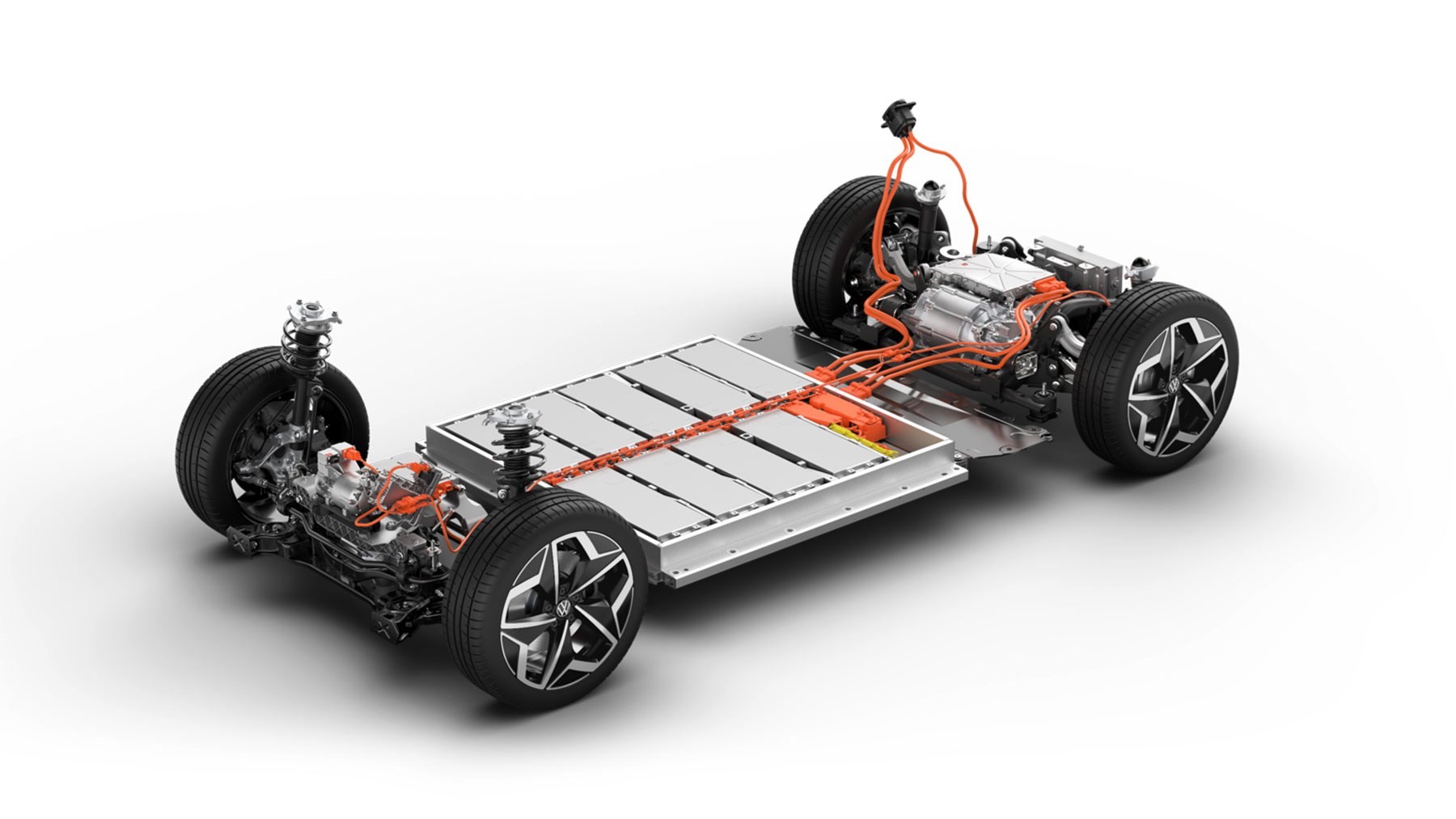
Because of their high energy per unit mass compared to other electrical energy storage systems, lithium-ion batteries are now used in the majority of portable consumer electronics such as cell phones and laptops. It has a much longer lifespan than all competing technologies and is not affected by the memory effect. However, it does necessitate appropriate packaging as well as precise control of the charging process, which is typically accomplished via a dedicated electronic circuit.
Solid-state Battery
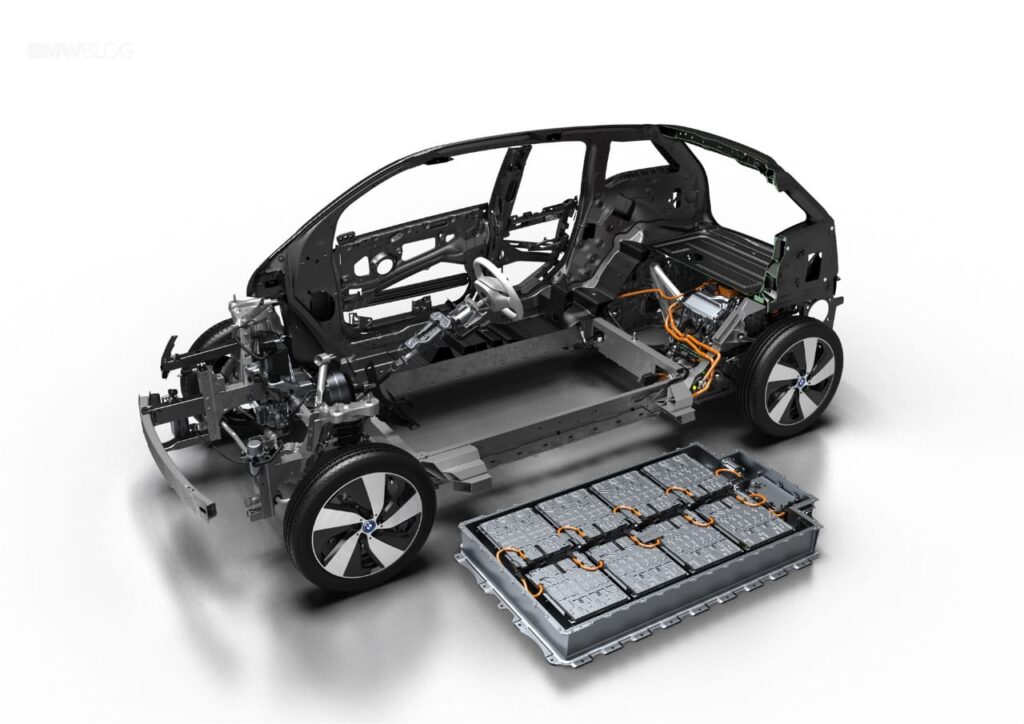 A solid-state battery is a type of battery that employs solid electrodes and a solid electrolyte rather than the liquid or polymer gel electrolytes found in lithium-ion or lithium polymer batteries. Furthermore, it gives vehicles more power during acceleration and hill climbing and aids in the recovery of braking energy. Because they help electrochemical batteries level load power, they may also be useful as secondary energy storage devices in electric-drive vehicles.
A solid-state battery is a type of battery that employs solid electrodes and a solid electrolyte rather than the liquid or polymer gel electrolytes found in lithium-ion or lithium polymer batteries. Furthermore, it gives vehicles more power during acceleration and hill climbing and aids in the recovery of braking energy. Because they help electrochemical batteries level load power, they may also be useful as secondary energy storage devices in electric-drive vehicles.
(2) Why lithium-ion battery is the most preferred battery in EVs?
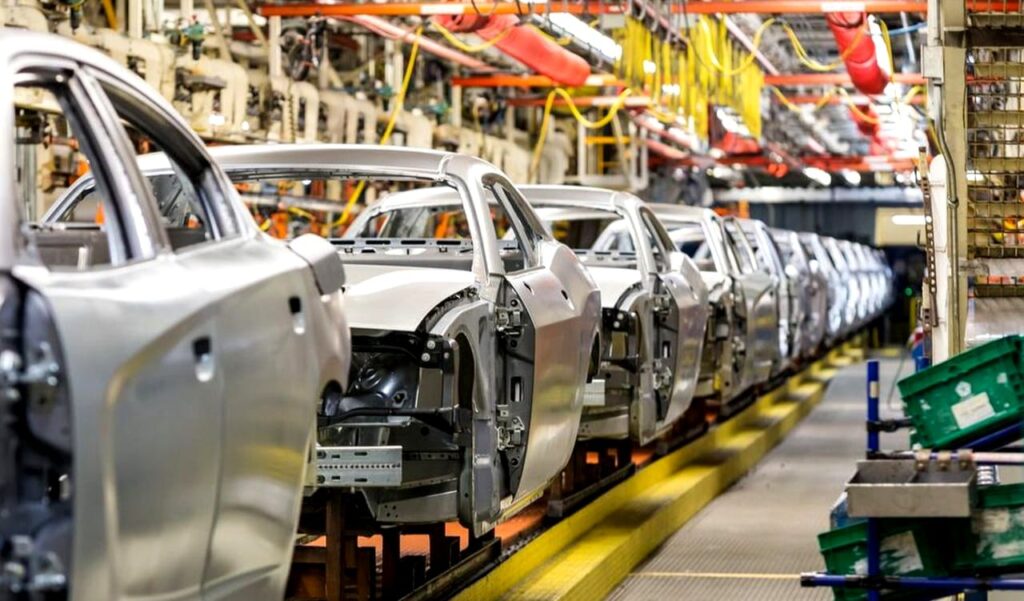 Because of their high power-to-weight ratio, high energy efficiency, good high-temperature performance, and low self-discharge, lithium-ion batteries are commonly used in electric vehicles. Most lithium-ion battery components can be recycled, but the cost of material recovery continues to be an issue for the industry.
Because of their high power-to-weight ratio, high energy efficiency, good high-temperature performance, and low self-discharge, lithium-ion batteries are commonly used in electric vehicles. Most lithium-ion battery components can be recycled, but the cost of material recovery continues to be an issue for the industry.
(3) Which of the batteries has the highest specific energy?
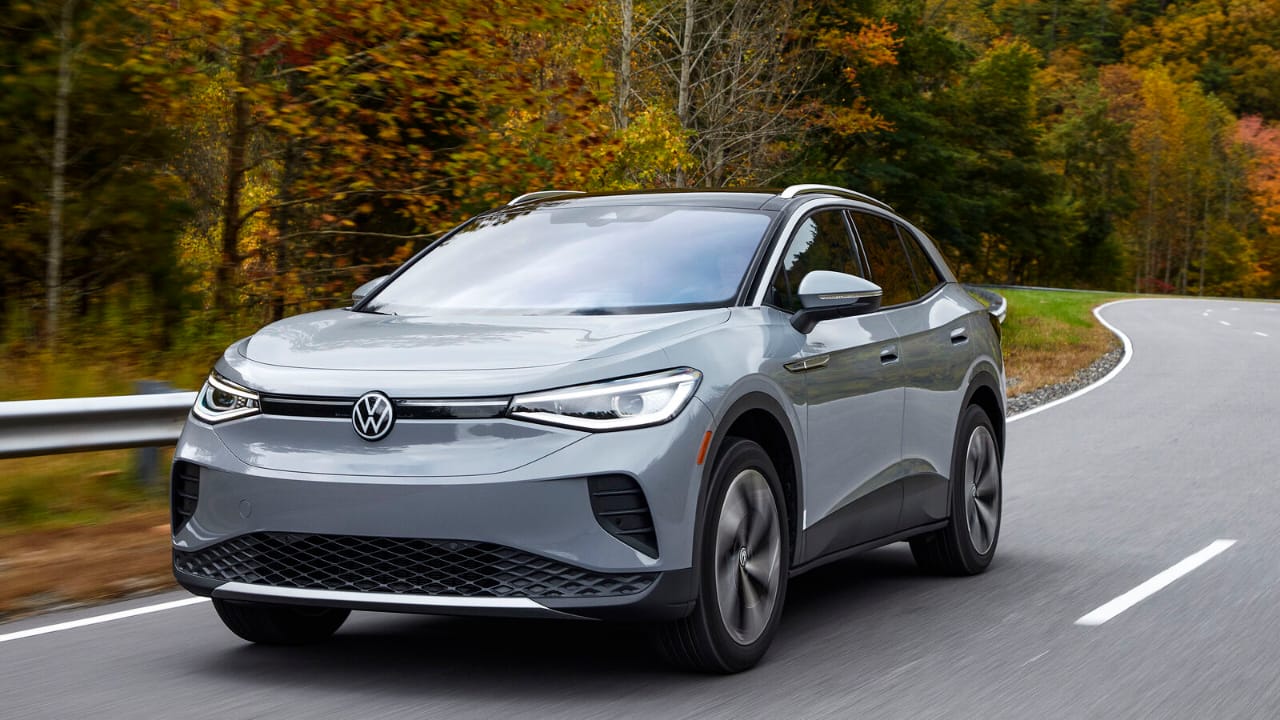 Compared to the other high-quality rechargeable battery technologies (Nickel-cadmium or Nickel-metal-hydride), Li-ion batteries have a number of advantages. They have one of the highest energy densities of any battery technology these batteries are also intended to achieve goals such as allowing electric vehicles to travel further on a single charge or allowing consumers to use their mobile devices for longer periods of time between charges.
Compared to the other high-quality rechargeable battery technologies (Nickel-cadmium or Nickel-metal-hydride), Li-ion batteries have a number of advantages. They have one of the highest energy densities of any battery technology these batteries are also intended to achieve goals such as allowing electric vehicles to travel further on a single charge or allowing consumers to use their mobile devices for longer periods of time between charges.
(4) How are EVs bad for the environment?
 While electric vehicles do not produce exhaust fumes, they do use batteries, which can produce toxic fumes. The majority of the electricity used to power electric vehicles is generated from nonrenewable energy sources, which can be harmful to both our health and the environment.
While electric vehicles do not produce exhaust fumes, they do use batteries, which can produce toxic fumes. The majority of the electricity used to power electric vehicles is generated from nonrenewable energy sources, which can be harmful to both our health and the environment.
(5) Some of the Electric cars available in India?
Tata Tiago EV
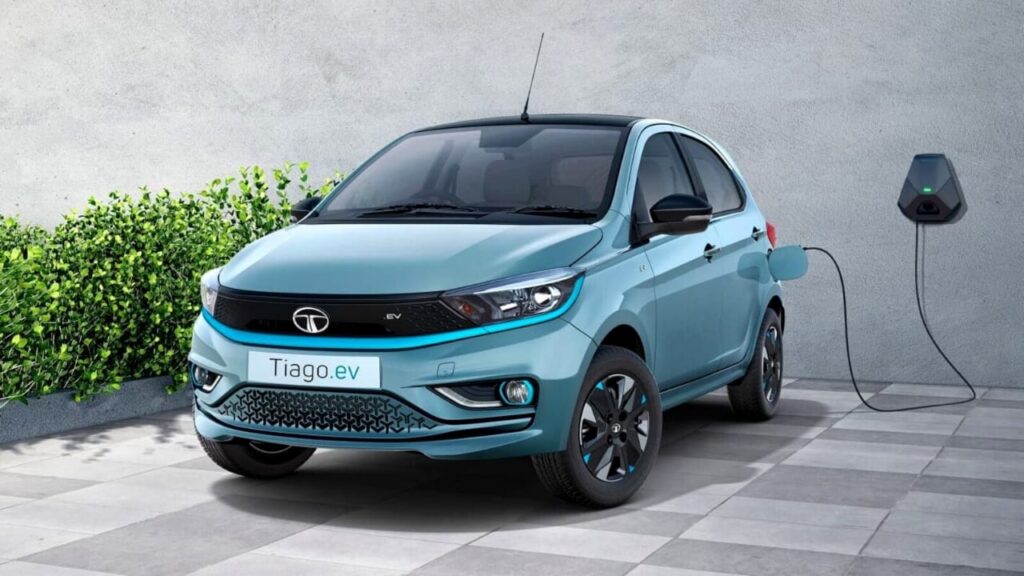 The Tata Tiago EV is now the most affordable electric vehicle in the country, with introductory prices starting at Rs 8.49 lakh for the first 10,000 bookings (ex-showroom). It has more features than the standard Tiago, as well as subtle EV-specific interior and exterior design changes. The Tata Tiago EV is available in two variants: Medium Range and Long Range. The Medium Range variant has a smaller 19.2kWh battery pack, while the Long Range variant has a larger 24kWh battery pack. The larger battery pack has a claimed range of 315km, while the smaller 19.2kWh battery pack has a claimed range of 250km.
The Tata Tiago EV is now the most affordable electric vehicle in the country, with introductory prices starting at Rs 8.49 lakh for the first 10,000 bookings (ex-showroom). It has more features than the standard Tiago, as well as subtle EV-specific interior and exterior design changes. The Tata Tiago EV is available in two variants: Medium Range and Long Range. The Medium Range variant has a smaller 19.2kWh battery pack, while the Long Range variant has a larger 24kWh battery pack. The larger battery pack has a claimed range of 315km, while the smaller 19.2kWh battery pack has a claimed range of 250km.
Tata Tigor EV
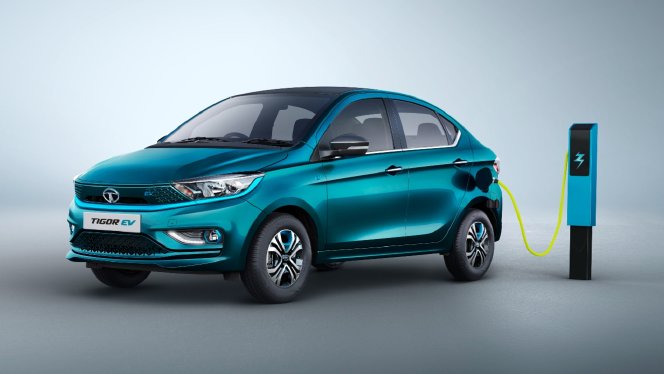 After the Tiago EV, the Tigor EV is the most affordable electric sedan on the market, In fact, it has no other competition. The car starts at Rs 11.99 lakh and goes up to Rs 12.99 lakh, making it the most affordable passenger EV in India. The car has a similar design to the Tigor sedan, with some subtle differences. The main difference is that the electric powertrain replaces the internal combustion engine. The company claims a range of 306 km on a full charge, and the car supports both normal and fast charging. The vehicle has a 26kWh battery pack and peak power of 75 hp and 170 Nm of torque.
After the Tiago EV, the Tigor EV is the most affordable electric sedan on the market, In fact, it has no other competition. The car starts at Rs 11.99 lakh and goes up to Rs 12.99 lakh, making it the most affordable passenger EV in India. The car has a similar design to the Tigor sedan, with some subtle differences. The main difference is that the electric powertrain replaces the internal combustion engine. The company claims a range of 306 km on a full charge, and the car supports both normal and fast charging. The vehicle has a 26kWh battery pack and peak power of 75 hp and 170 Nm of torque.
Tata Nexon EV/ Nexon EV Max
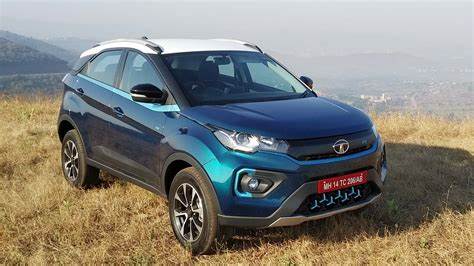 The third one is the Nexon EV. The compact SUV is powered by a 30.2 kWh Li-ion battery with a claimed range of 312 km on a single charge. The Nexon EV has a power output of 129 ps and a torque output of 245 Nm. A DC fast charger can charge the battery from zero to 80% in one hour, while a regular 15 A socket will take about eight hours. The Tata Nexon EV is priced between Rs 13.99 and Rs 16.90 lakh ex-showroom, making it India’s most affordable electric SUV.
The third one is the Nexon EV. The compact SUV is powered by a 30.2 kWh Li-ion battery with a claimed range of 312 km on a single charge. The Nexon EV has a power output of 129 ps and a torque output of 245 Nm. A DC fast charger can charge the battery from zero to 80% in one hour, while a regular 15 A socket will take about eight hours. The Tata Nexon EV is priced between Rs 13.99 and Rs 16.90 lakh ex-showroom, making it India’s most affordable electric SUV.
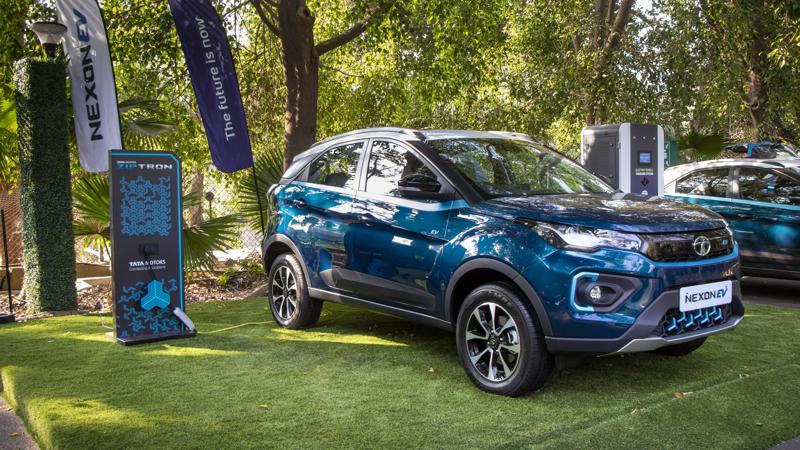 In addition to the Nexon EV, the company offers the Nexon EV Max, which has a larger battery pack of 40.5 kWh, which is 10.3 kWh more than the standard model. Because of the larger battery pack, the Nexon EV Max has a greater “ideal conditions” range of 437 km – 125 km more than the standard Nexon EV.
In addition to the Nexon EV, the company offers the Nexon EV Max, which has a larger battery pack of 40.5 kWh, which is 10.3 kWh more than the standard model. Because of the larger battery pack, the Nexon EV Max has a greater “ideal conditions” range of 437 km – 125 km more than the standard Nexon EV.
Mahindra XUV400 EV
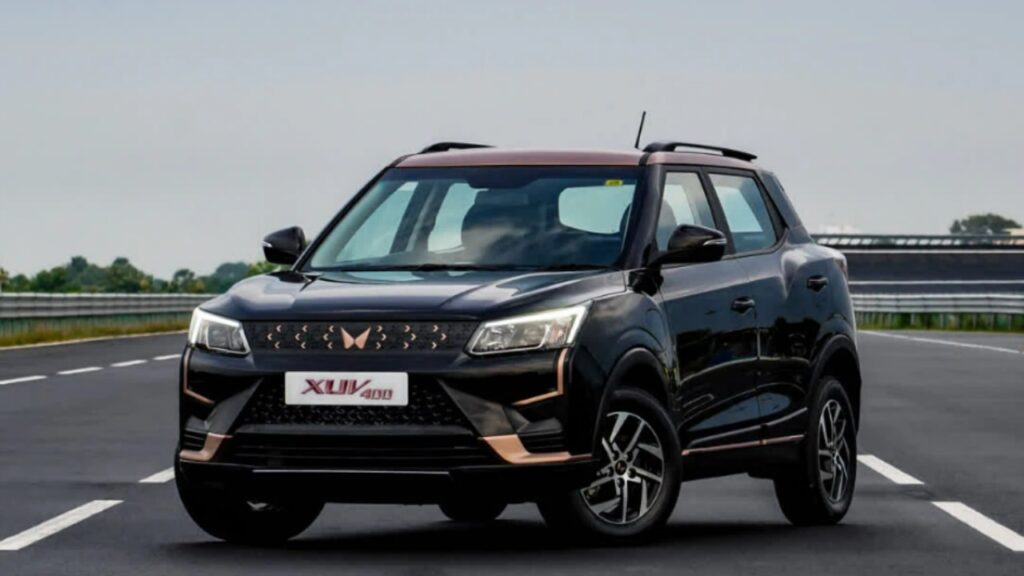 Mahindra has finally entered the EV segment with its recently unveiled product, the XUV400 EV, which will be the fastest accelerating electric SUV produced in India in the non-luxury C-segment, according to Mahindra. It has a top speed of 150 kmph and can accelerate from 0 to 100 km per hour in 8.3 seconds. In comparison, the Tata Nexon EV Max claims a 0-100 kmph sprint time of just under 9 seconds and an electronically limited top speed of 140 kmph. The XUV400 EV’s 39.4 kWh lithium-ion battery pack is rated to provide a claimed range of 456 km on a full charge.
Mahindra has finally entered the EV segment with its recently unveiled product, the XUV400 EV, which will be the fastest accelerating electric SUV produced in India in the non-luxury C-segment, according to Mahindra. It has a top speed of 150 kmph and can accelerate from 0 to 100 km per hour in 8.3 seconds. In comparison, the Tata Nexon EV Max claims a 0-100 kmph sprint time of just under 9 seconds and an electronically limited top speed of 140 kmph. The XUV400 EV’s 39.4 kWh lithium-ion battery pack is rated to provide a claimed range of 456 km on a full charge.
MG ZS EV
 After a recent update, the MG ZS EV is more of a long-range EV, with a battery pack of 44.5 kWh and a claimed range of 419 km. Previously, the car was said to have a range of 340 km. The electric SUV has a top power output of 143 hp and a torque output of 353 Nm. In this comparison, the ZS has the most cabin space and a long list of features, including embedded sim-based connectivity. A regular 15 A socket can charge a car from 0% to 80% in about 18 hours, but a DC fast charger can do the same in just 50 minutes. This fast-charging service is available to ZS customers at all MG dealerships across the country. MG ZS prices start at Rs 21 lakh and go up to 24.6 lakh, (ex-showroom).
After a recent update, the MG ZS EV is more of a long-range EV, with a battery pack of 44.5 kWh and a claimed range of 419 km. Previously, the car was said to have a range of 340 km. The electric SUV has a top power output of 143 hp and a torque output of 353 Nm. In this comparison, the ZS has the most cabin space and a long list of features, including embedded sim-based connectivity. A regular 15 A socket can charge a car from 0% to 80% in about 18 hours, but a DC fast charger can do the same in just 50 minutes. This fast-charging service is available to ZS customers at all MG dealerships across the country. MG ZS prices start at Rs 21 lakh and go up to 24.6 lakh, (ex-showroom).
BYD Atto 3
 BYD(Build Your Dreams) India has launched the Atto 3 in India for Rs 33.99 lakh (ex-showroom). The Chinese EV carmaker has received 1,500 bookings for the electric SUV, which was unveiled last month and is available in a single fully-loaded trim. The Atto 3 is BYD’s second model for India, following the e6 MPV, which was made available to private buyers in August of this year.
BYD(Build Your Dreams) India has launched the Atto 3 in India for Rs 33.99 lakh (ex-showroom). The Chinese EV carmaker has received 1,500 bookings for the electric SUV, which was unveiled last month and is available in a single fully-loaded trim. The Atto 3 is BYD’s second model for India, following the e6 MPV, which was made available to private buyers in August of this year.
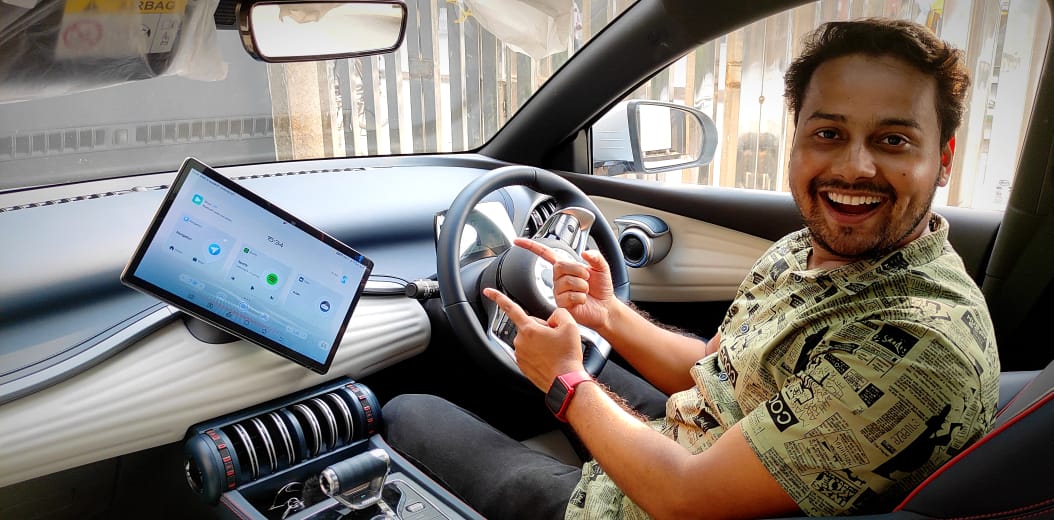 The Atto 3 is powered by a 60.48kWh battery pack that generates 201bhp and 310Nm of torque. There are three drive modes to choose from: Eco, Normal, and Sports, and BYD claims a zero to 100kmph sprint time of 7.3 seconds. There are 80kW DC and 7.2kW AC chargers available.BYD-ATTO 3 is available in 4 colours: Boulder Grey, Parkour Red, Ski White, and Surf Blue.
The Atto 3 is powered by a 60.48kWh battery pack that generates 201bhp and 310Nm of torque. There are three drive modes to choose from: Eco, Normal, and Sports, and BYD claims a zero to 100kmph sprint time of 7.3 seconds. There are 80kW DC and 7.2kW AC chargers available.BYD-ATTO 3 is available in 4 colours: Boulder Grey, Parkour Red, Ski White, and Surf Blue.
For more information, visit our channel

